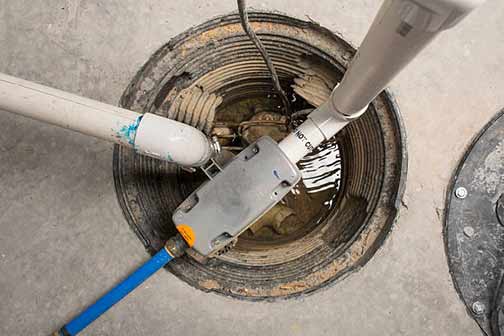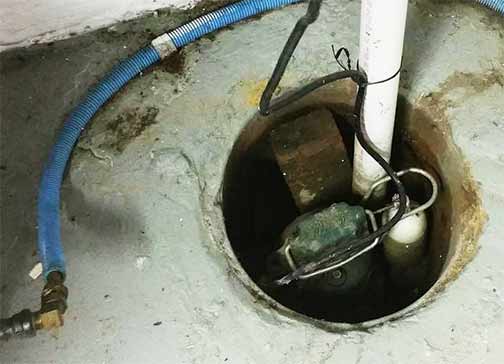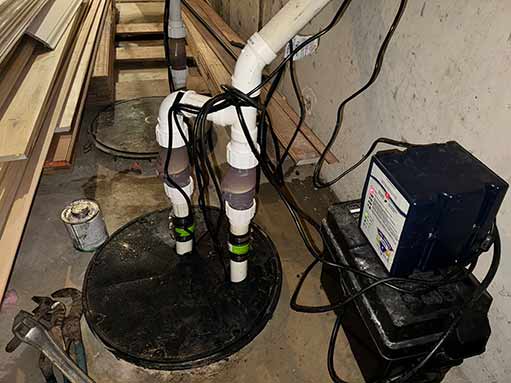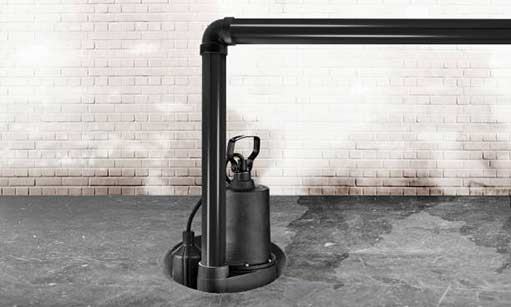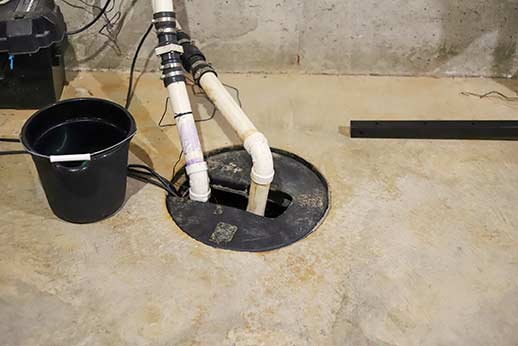
Understanding the Importance of Sump Pump Care
For homeowners, maintaining a sump pump is crucial to ensure the safety and dryness of their basements. Sump pumps are designed to prevent flooding by removing water that accumulates in a sump basin, usually found in the basement of homes. Without proper care and maintenance, a sump pump can fail, leading to costly water damage and potential health hazards due to mold and mildew growth. Understanding the importance of sump pump care is the first step in protecting your home from water-related issues. By recognizing the role of sump pumps in maintaining a dry and safe environment, homeowners can take proactive measures to ensure their systems are always in top working condition.
Regular Inspection Routines for Optimal Performance
One of the key practices in sump pump care is conducting regular inspections. Homeowners should check their sump pump system at least once every three months. During these inspections, it’s essential to ensure that the pump is upright and that the float switch is not obstructed. Additionally, inspect the power cord and ensure it’s plugged into a functioning ground fault circuit interrupter (GFCI) outlet. Regular inspections help identify potential issues before they become significant problems, ensuring the pump operates efficiently when needed. By establishing a routine inspection schedule, homeowners can catch minor issues early, preventing them from escalating into major repairs or premature sump pump replacements.
Testing the Sump Pump for Reliability
Testing the sump pump periodically is crucial to confirm its reliability. To test the pump, homeowners can pour a bucket of water into the sump pit. The pump should activate and begin removing water from the pit. If the pump does not turn on or fails to remove water efficiently, it may require maintenance or replacement. Regular testing ensures that the sump pump will function correctly during heavy rain or flooding events, providing peace of mind to homeowners. Testing not only verifies the pump’s operational status but also helps in identifying any components that may need attention, such as the float switch or the impeller.
Cleaning Tips to Prevent Clogs and Malfunctions
Cleaning the sump pump and its components is vital to prevent clogs and malfunctions. Debris, dirt, and sediment can accumulate in the sump pit, leading to blockages that hinder the pump’s operation. Homeowners should clean the sump pit and pump at least once a year. This involves removing the pump from the pit, cleaning the grate, and washing away any debris. Ensuring the discharge line is free from obstructions is also essential to prevent water from backing up into the basement. Regular cleaning not only enhances the pump’s efficiency but also extends its lifespan by reducing wear and tear caused by debris and sediment buildup.
Battery Backup Systems: A Safety Net for Power Outages
Power outages during storms can render a sump pump useless, leading to potential flooding. Installing a battery backup system provides a safety net, ensuring the pump continues to operate even when the power is out. Battery backup systems are designed to automatically activate when the main power supply fails, providing continuous protection against flooding. Homeowners should regularly check the battery’s condition and replace it as needed to ensure reliable performance. By investing in a battery backup system, homeowners can safeguard their basements from unexpected water damage during power outages, maintaining peace of mind during adverse weather conditions.

Understanding the Lifespan and Replacement of Sump Pumps
Sump pumps are not designed to last forever. On average, a sump pump has a lifespan of about 7-10 years. However, this can vary based on the pump’s usage, quality, and maintenance. Homeowners should be aware of the age of their sump pump and consider replacing it before it fails. Regular maintenance can extend the pump’s lifespan, but recognizing when it’s time for a replacement is crucial to prevent unexpected failures and potential water damage. Understanding the signs of a failing sump pump, such as unusual noises or decreased efficiency, can help homeowners take timely action to replace their pump and avoid costly repairs.
Professional Maintenance Services: When to Call the Experts
While regular inspections and maintenance can be performed by homeowners, certain situations may require professional assistance. If a sump pump is making unusual noises, fails to operate efficiently, or if there are signs of electrical issues, it’s time to call in the experts. Professional plumbers can diagnose and repair complex problems, ensuring the sump pump system remains in optimal condition. Additionally, professionals can provide valuable advice on upgrades and improvements to enhance the system’s performance. By seeking professional help when needed, homeowners can ensure their sump pump system is well-maintained and capable of handling any water-related challenges.
Additional Tips for Effective Sump Pump Care
Beyond the fundamental practices of inspection, testing, cleaning, and professional maintenance, there are additional tips homeowners can follow to enhance the effectiveness of their sump pump care. Ensuring that the sump pump is connected to a dedicated power outlet can prevent electrical issues. Installing a water alarm can alert homeowners to potential flooding before it becomes a significant problem. Additionally, considering the installation of a secondary sump pump can provide an extra layer of protection in case the primary pump fails. By taking these additional steps, homeowners can further safeguard their homes against water damage and ensure their sump pump system operates efficiently at all times.
Conclusion: The Value of Proactive Sump Pump Care
Proactive sump pump care is essential for homeowners who want to protect their basements from flooding and water damage. By understanding the importance of regular inspections, testing, cleaning, and professional maintenance, homeowners can ensure their sump pump system operates efficiently and reliably. Investing time and effort into sump pump care not only extends the lifespan of the pump but also provides peace of mind, knowing that the home is safeguarded against potential water-related disasters. With a proactive approach to sump pump care, homeowners can enjoy a dry and safe basement environment, free from the worries of unexpected flooding or water damage.
